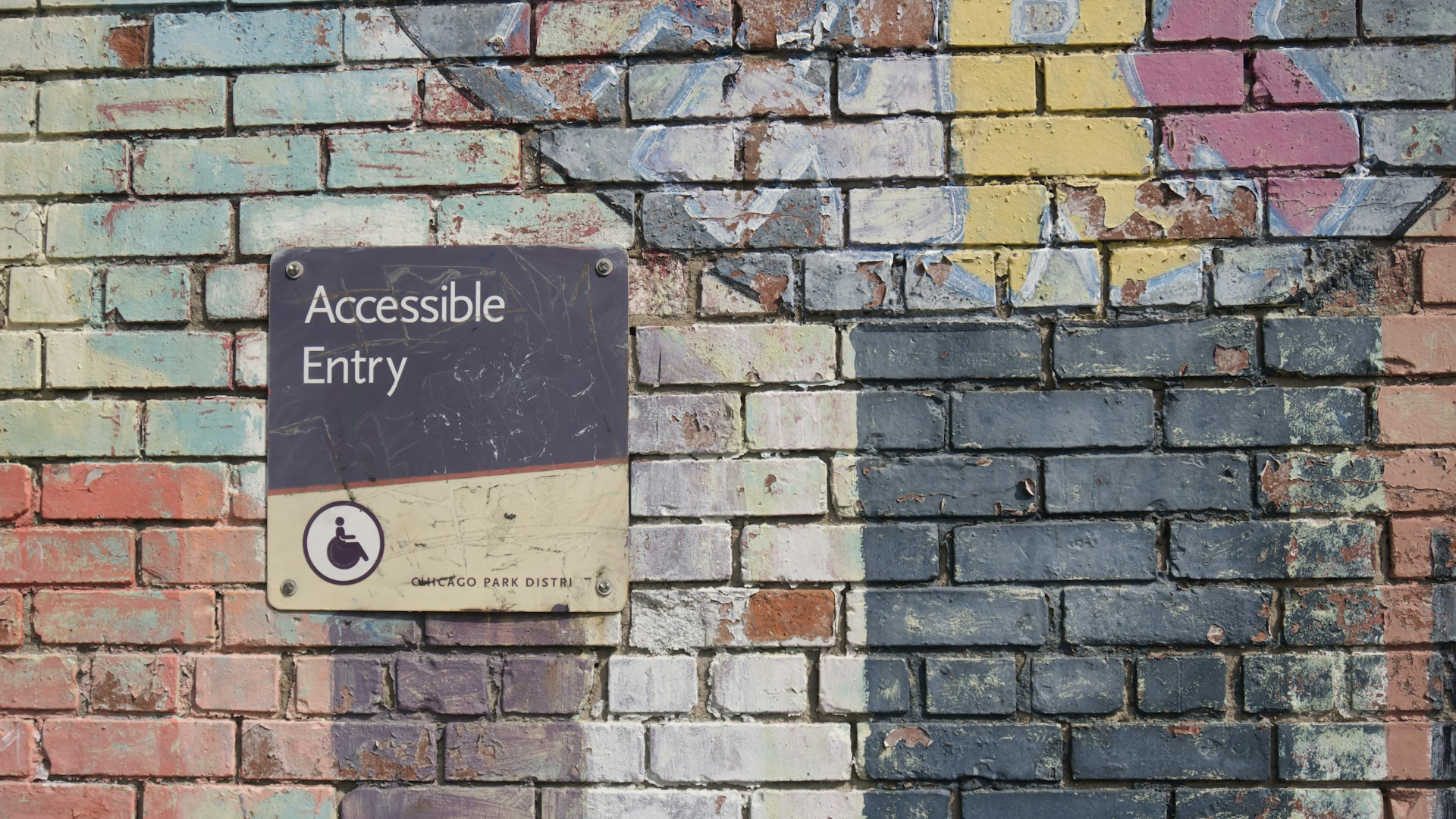Your cart is currently empty!

Worth a thousand words
Twisted wood branches in the foreground with an arc of stars in the sky above a dark distant mountain.
A sea of purple aster flowers, with round yellow centers and thick manes of straight thin lavender petals, like purple daisies.
Lovely little poems, these, you might be saying. But, they’re not poems, exactly. They’re very interesting examples of alt text (taken from this amazing book). On websites, in apps, and other digital media, alt text is used to describe an image, or provide an alternative version for people who, for whatever reason, cannot see it.
Ideally, all images in websites, apps, and digital documents would contain these little descriptions. Sadly, many don’t. While a fully-sighted person might not ever notice–or need–them, they make a huge difference to a lot of people who would totally miss out on the image otherwise. They may experience it differently than a sighted person, but why deny them any experience at all?
And how are they actually experienced? Here’s a quick little demo from a blind person who relies on a screen reader to experience images on social media and websites.
And here’s a little demo of me using a screen reader on part of this very site. Note the descriptions I provide for the three paintings you see in the video.
Next you might ask where do these little descriptions come from? How do they get embedded in websites and documents? This should be part of the process of creating the site or document. It is as much a part of the authoring process as the headings, paragraphs, choice of font and the rest. In other words, they come from us, darlings. All of us.
Now, as a visual artist I’m all about sharing my work, about communicating ideas, stories, emotions, experiences. I chose painting (or, perhaps, it chose me?) because I’m in constant awe of the beauty of the world and its people. I’m moved visually, so I create physical artifacts meant to be seen.
So, does that mean I have nothing to communicate or share with people who can’t see? Decidedly not, darling. I can’t speak for every visual artist, but I do hope they agree. We have the means–the responsibility even–to make our work as accessible as possible. I do these crazy thing and live this crazy life for the sake of sharing. Why would I stop short when a few lines of text can make all the difference in the world?
Beyond the moral imperative, think also of the creative possibilities. The work can take on new meanings, new life when you switch to a different modality and use a different language to convey your ideas. I opened this little essay with alt texts that could be poems, rights? Well, why not make the alt text challenge one of writing little poems? How cool is that?
Artist, activist, and wonderfully deep thinker M. Leona Godin says it beautifully:
I believe that image description can bring something to photography. Part of that something is a kind of slow seeing through language—the unfolding of an image over time—that is often glanced by the eye in an instant. Glanced and passed over.
M. Leona Godin, A Quartet of Image Descriptions for Paul Strand’s “Blind Woman” (1917)
In our highly connected and constantly online world, it’s likely that you, darling, are sending images out into the world. If so, take moment to figure out how your platforms of choice handle alt text. Try adding it to the next image you post somewhere. It’s likely to be cumbersome and unintuitive, unfortunately. But I urge a little perseverance. Like so many things, it becomes easier with practice.
Don’t worry about getting it right or getting every last image. There is no right–or wrong. It’s totally subjective. It’s individual expression and interpretation. It’s a sharing of experiences. Dive in and enjoy!
To learn more, I suggest the wonderful resources at Alt Text as Poetry. It’s a treasure trove of interesting ideas, practical advice, and inspiring examples.
Cover photo by Daniel Ali from Unsplash.
The world is too damn straight!

Drop your email in the box to get regular missives filled with exclusive sexy art and irreverent musings on making queer joy bloom. Be turned on, be entertained, be the envy of your friends (and bonus points for pissing off that fundamentalist in your life).
